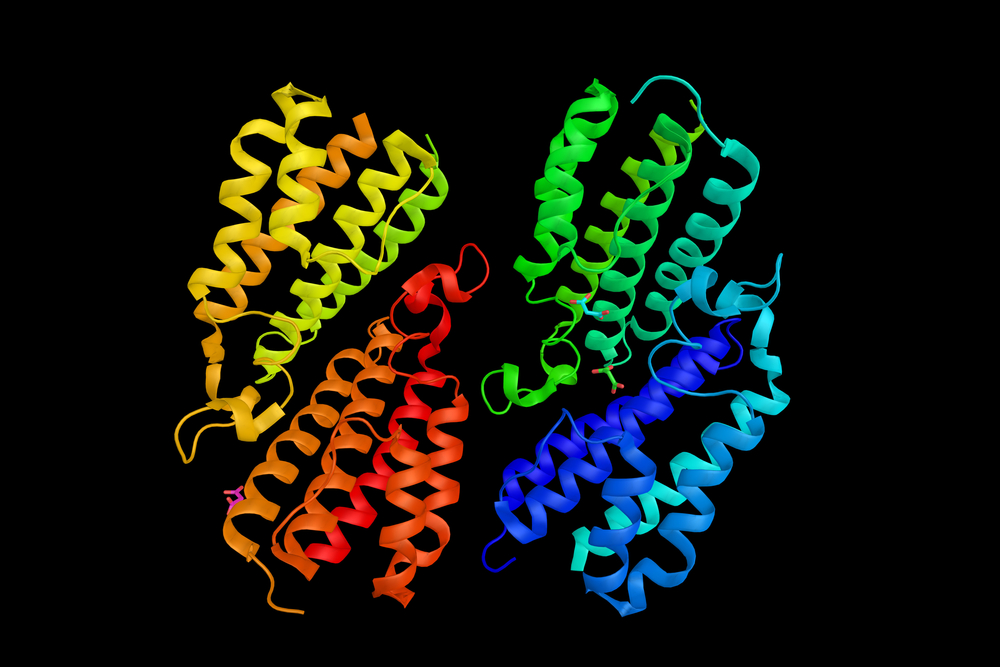Computer Model Reveals Changes in Glucocerebrosidase Function in Certain Gaucher Mutations
Written by |

Using machine-learning approaches, researchers unraveled how certain mutations in the GBA gene — responsible for Gaucher disease — affect the function of the glucocerebrosidase enzyme at the molecular level.
The study with that finding, “Mechanism of glucocerebrosidase activation and dysfunction in Gaucher disease unraveled by molecular dynamics and deep learning,” was published in PNAS.
Nearly 250 different mutations in the GBA gene have been reported to cause Gaucher disease. All of these mutations impair the function of the protein (that’s what ends up causing the disease), but exactly how individual mutations stop the protein from working at the molecular level isn’t clear.
To investigate this, researchers focused on two common mutations: N370S, which accounts for about 70% of cases of Gaucher disease type 1, and L444P, which is responsible for about 40% of cases of Gaucher disease type 2 and type 3.
Specifically, they wondered how these mutations affected interactions between glucocerebrosidase and another protein, saposin C. This protein helps glucocerebrosidase do its job and also helps prevent it from being degraded too quickly, so changes in how these two proteins interact could have far-reaching effects on protein function.
To figure out how the aforementioned mutations affect this protein interaction, researchers used a complex set of computer models to simulate how mutant or normal glucocerebrosidase interacts with saposin C. The model was precise enough to predict interactions and movement at the level of individual atoms.
The investigators’ model of normal glucocerebrosidase with saposin C was, unsurprisingly, fairly stable. However, when either of the studied mutations was introduced, the stability of the modeled protein complexes decreased significantly.
Additionally, changes in the structure of glucocerebrosidase caused by the mutations made it harder for the enzyme’s active site to interact with its substrates, even in the presence of unaltered saposin C. In other words, the mutant glucocerebrosidase had a different shape, so it couldn’t bind as effectively to the molecules with which it should.
“Our findings provide an atomistic-level explanation for GCase [glucocerebrosidase] activation and the precise mechanism through which N370S and L444P cause Gaucher disease,” the researchers concluded in their paper.
Further understanding how disease-causing mutations affect protein function at this detailed level may provide clues for future studies seeking ways to treat Gaucher disease.



